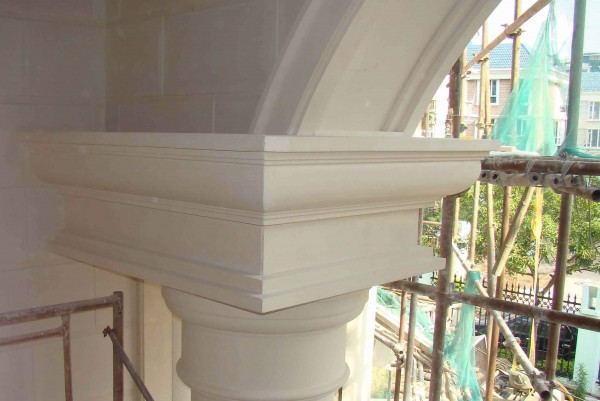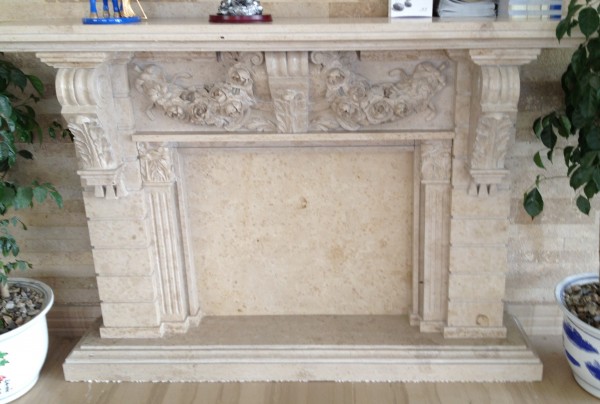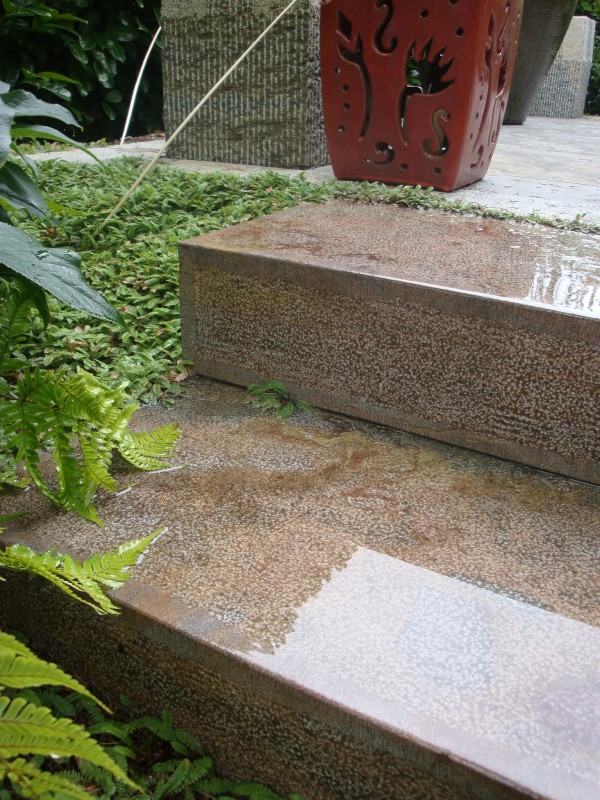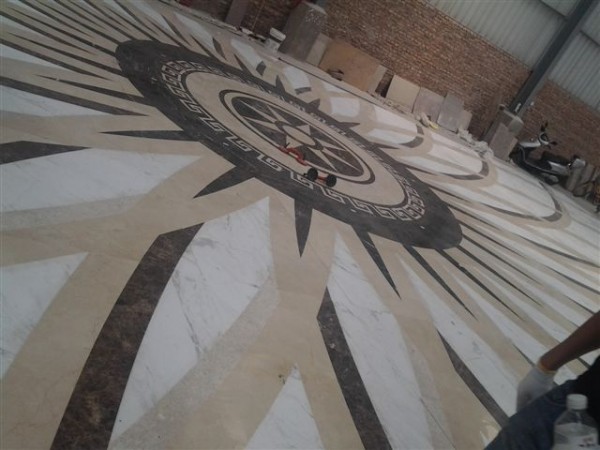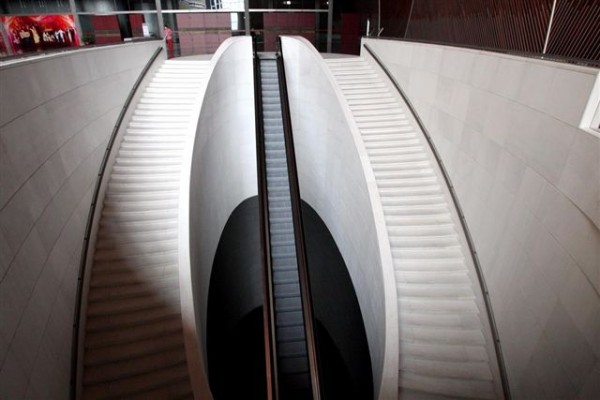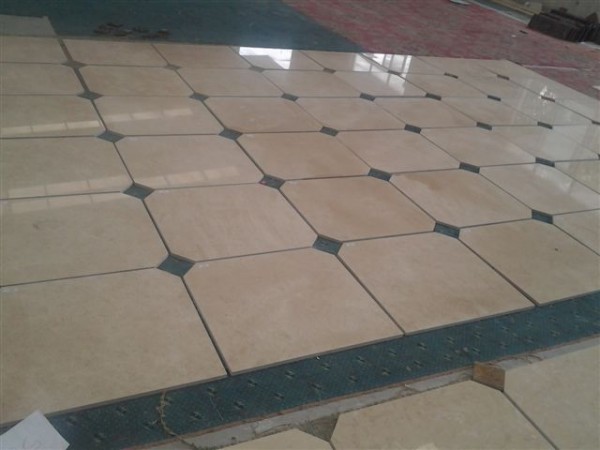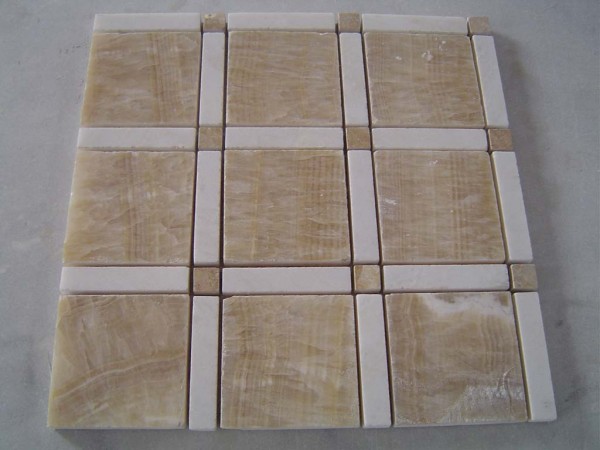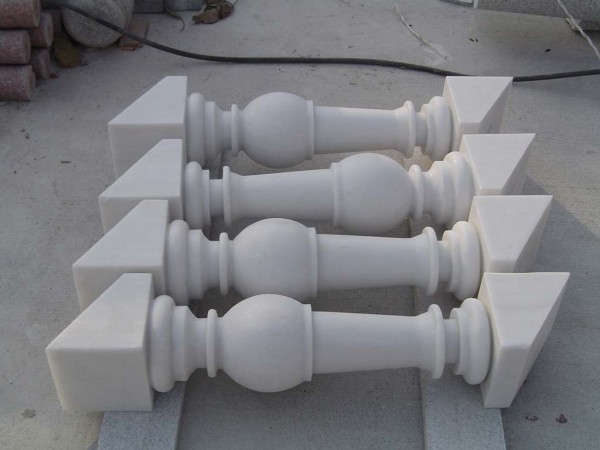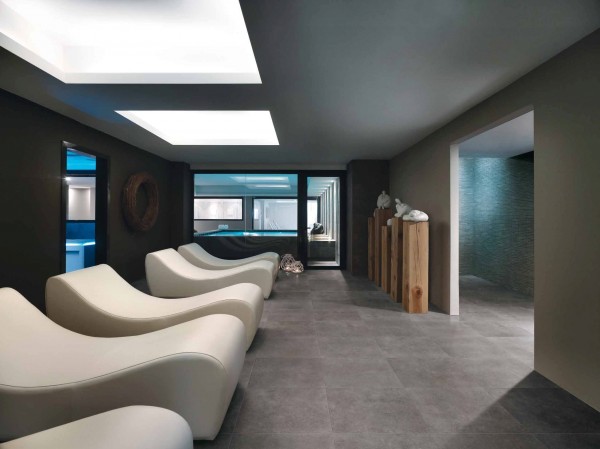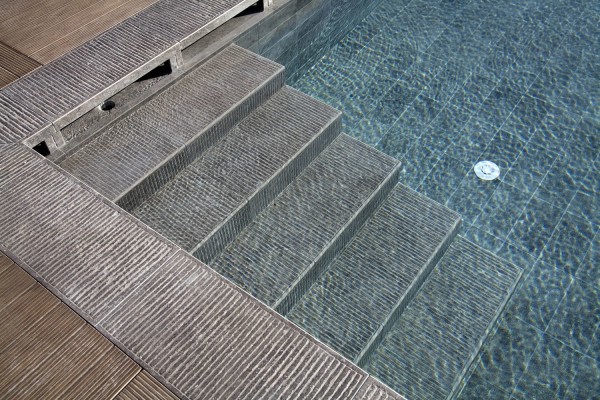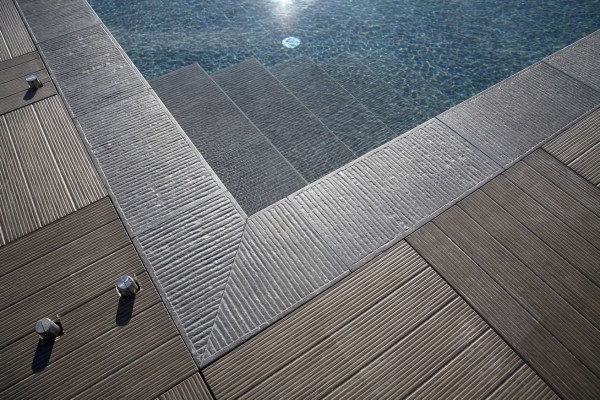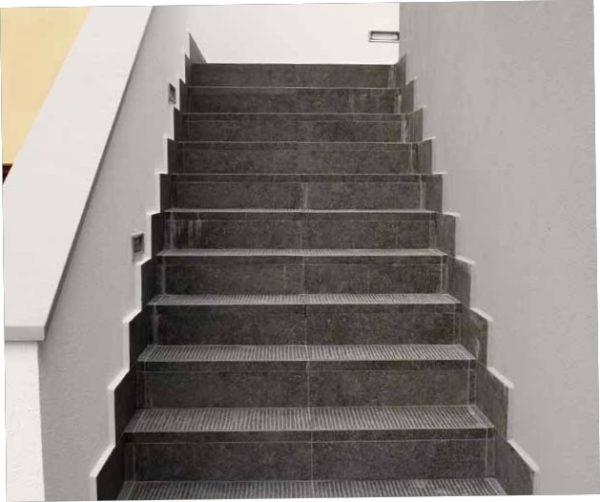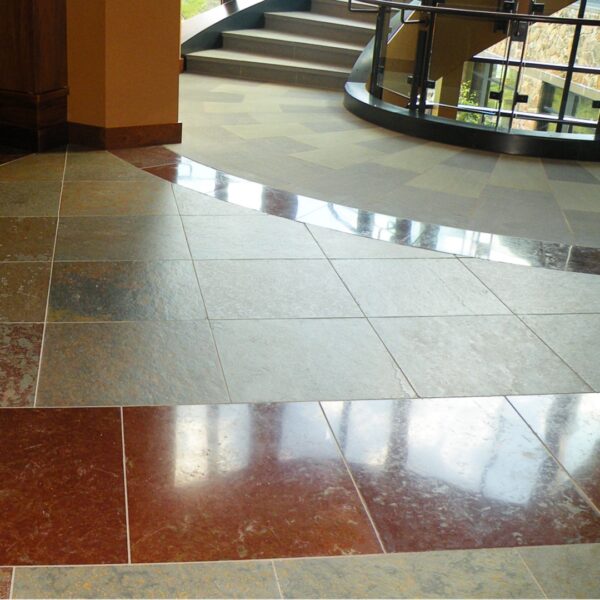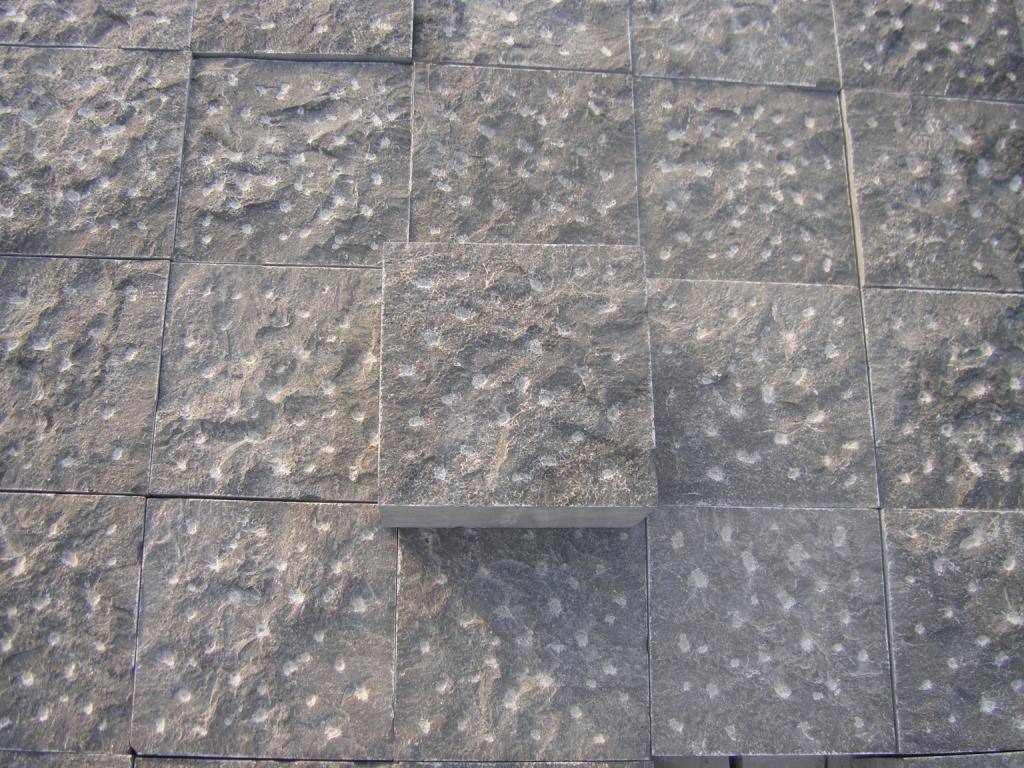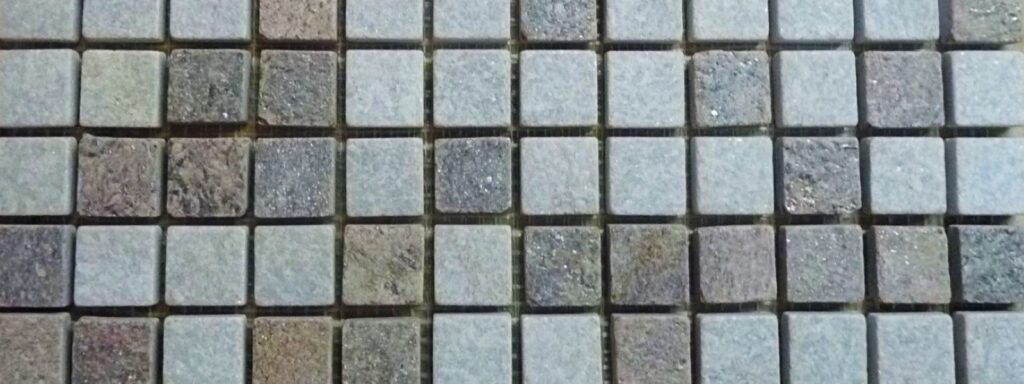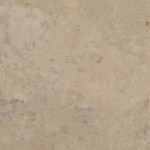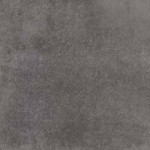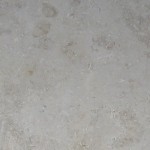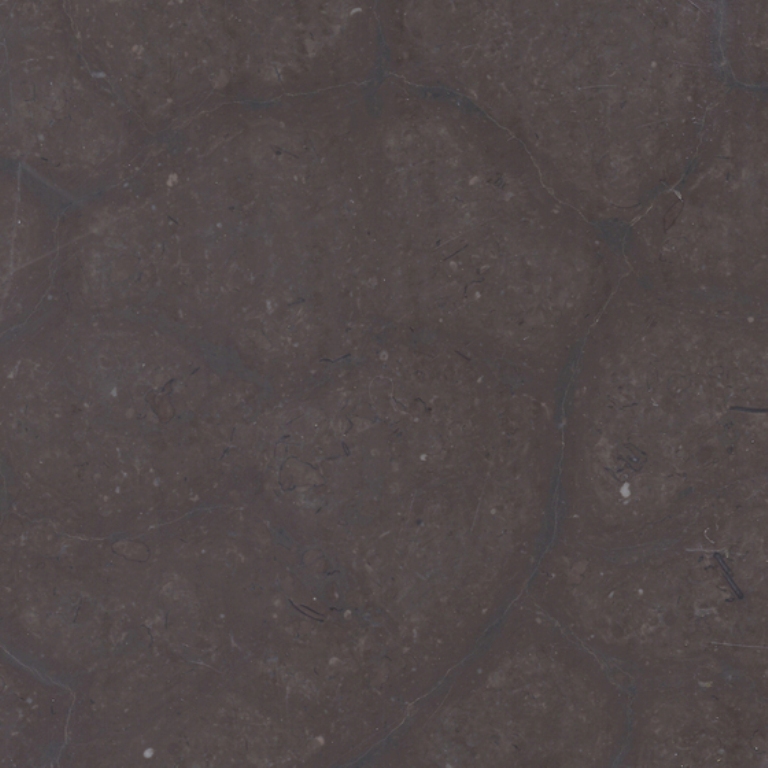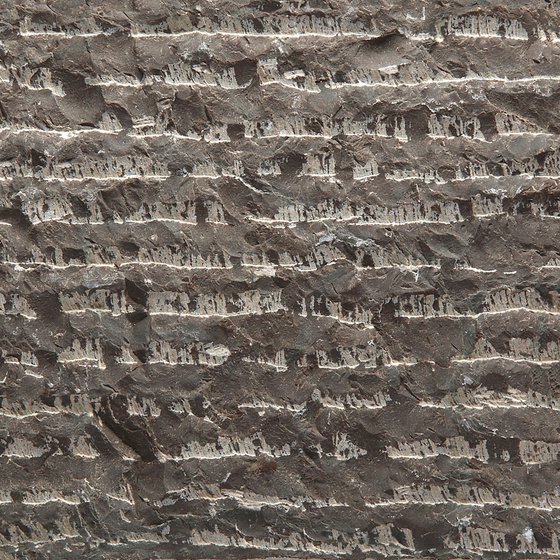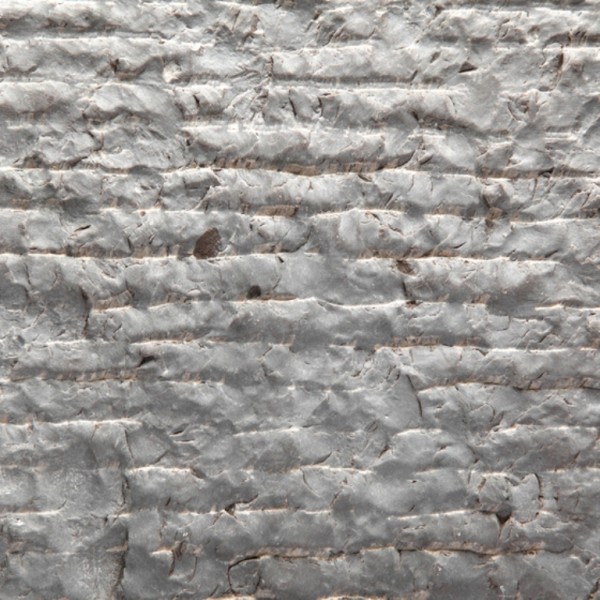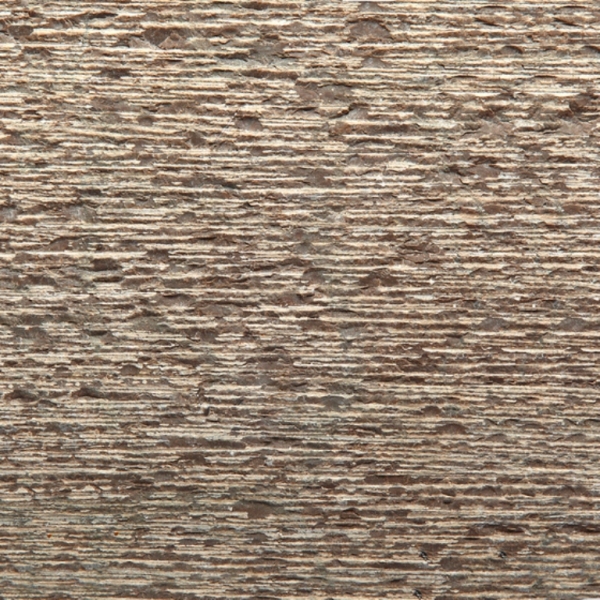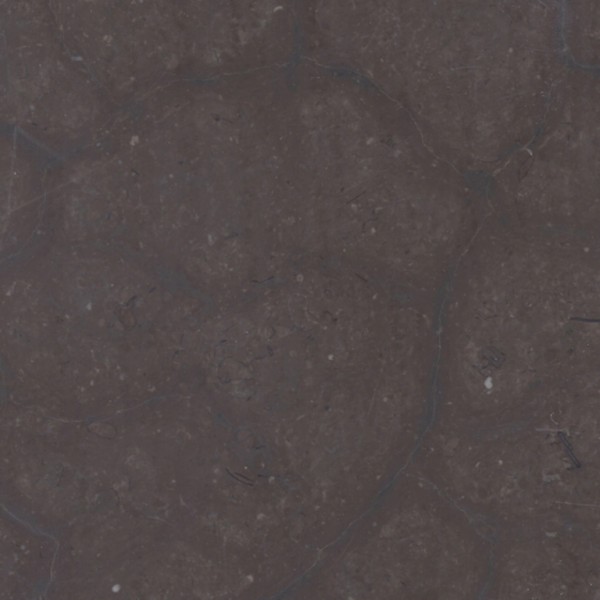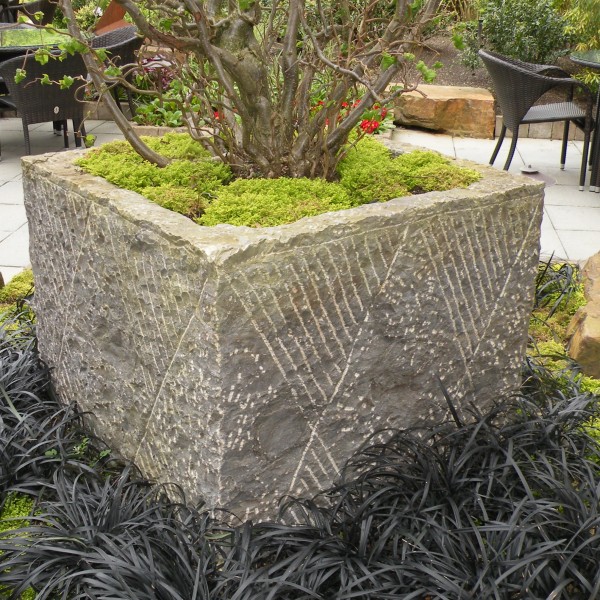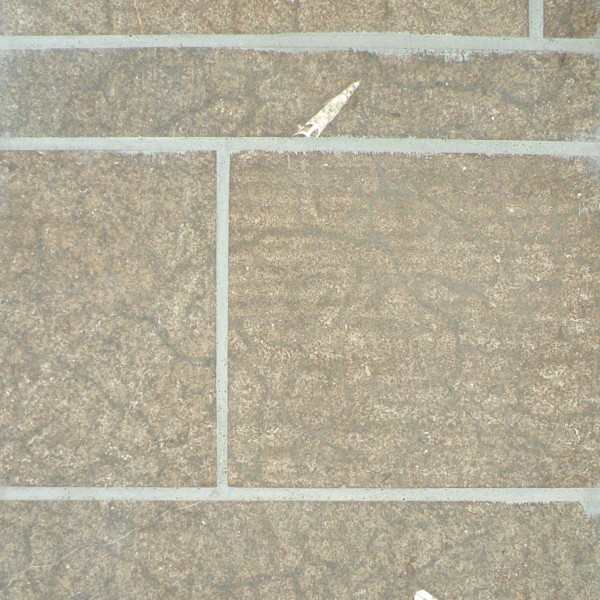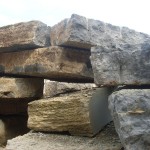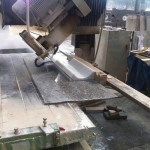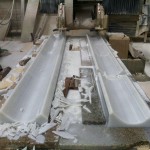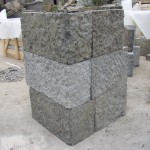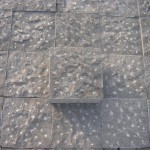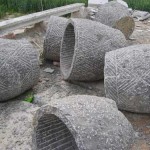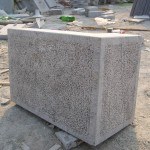Limestone Building Materials
An earthy appeal, indoors and out
Limestone deposits exist in all continents of the earth. Despite the common and traditional reference to “travertine marble”, travertine is really a type of limestone. It is actually the terrestrial (land) formed version of limestone, as opposed to the marine based formations of many other limestone varieties.
Featuring their soft earth tones, decorators integrating these stones into their design have great flexibility in selecting complimentary colors for other interior elements.
Limestone Building Cladding
Limestone building materials have enjoyed a successful history of exterior applications. Some of the most prominent government and financial institutions worldwide proudly display limestone as their exterior cladding. Despite the popularity of exterior vertical limestone applications, the number of limestone varieties with successful history in exterior paving applications, particularly in freeze/thaw environments, is relatively limited.
Other Limestone Applications
Since these stones are some of the softer varieties of natural stone materials, they have long been a popular choice for intricately carved features and moldings, as well as statuary. Think planters, corners, columns, fireplace surrounds, etc.
Limestone Varieties
Limestone and travertine, like marble, are of a calcium carbonate base, and as such, are vulnerable to alteration by exposure to mild acids. A wide variety of stones are included in this group, and absorption varies from slight (10%). The combination of acid sensitivity and absorption limit the number of varieties that are suitable for countertop applications, and the user of limestone countertops should be well educated in its properties to accurately anticipate its behavior in service.
Another form of limestone exists, which is dolomite. Dolomite is based on the dual carbonate of calcium-magnesium carbonate, and the properties of this stone are influenced by this difference in composition. Dolomites generally have higher densities, lower absorptions, greater compressive and bending strengths, and higher abrasion resistance than the calcium carbonate based limestones. These property differences offer some application choices for dolomites where other limestone varieties are marginal or unsuitable performers.
Let Us Help Select Stone Building Materials
There is a limestone color and finish to fit many architectural and landscape design applications. HDG can help you select the most appropriate stone for you application, guide you through the maze of available colors and finishes, and work with you from concept to project completion. Learn more about our White Glove Service.



